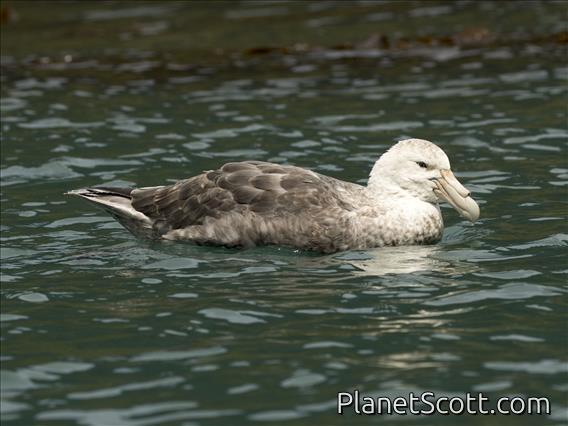Southern Giant-Petrel (Macronectes giganteus)

Southern Giant-Petrel (Macronectes giganteus) - Light Morph
×


Southern Giant-Petrel (Macronectes giganteus) - Light Morph
About Southern Giant-Petrel (Macronectes giganteus)
- Kingdom: Animals
- Phylum: Chordates
- Class: Birds
- Order: Tubenoses
- Family: Shearwaters and Petrels
The southern giant petrel, also known as the Antarctic giant petrel, giant fulmar, stinker, and stinkpot, is a large seabird of the southern oceans. Its distribution overlaps broadly with the similar northern giant petrel, though it overall is centered slightly further south. Adults of the two species can be distinguished by the colour of their bill-tip: greenish in the southern and reddish in the northern.
Source: Wikipedia
Visits
-
2005-02-14
Puerto Deseado, Argentina -
-
-
-
-
-
-
2021-11-29
Drake Passage, Antarctica -
-
-
-
-
-
-
-



